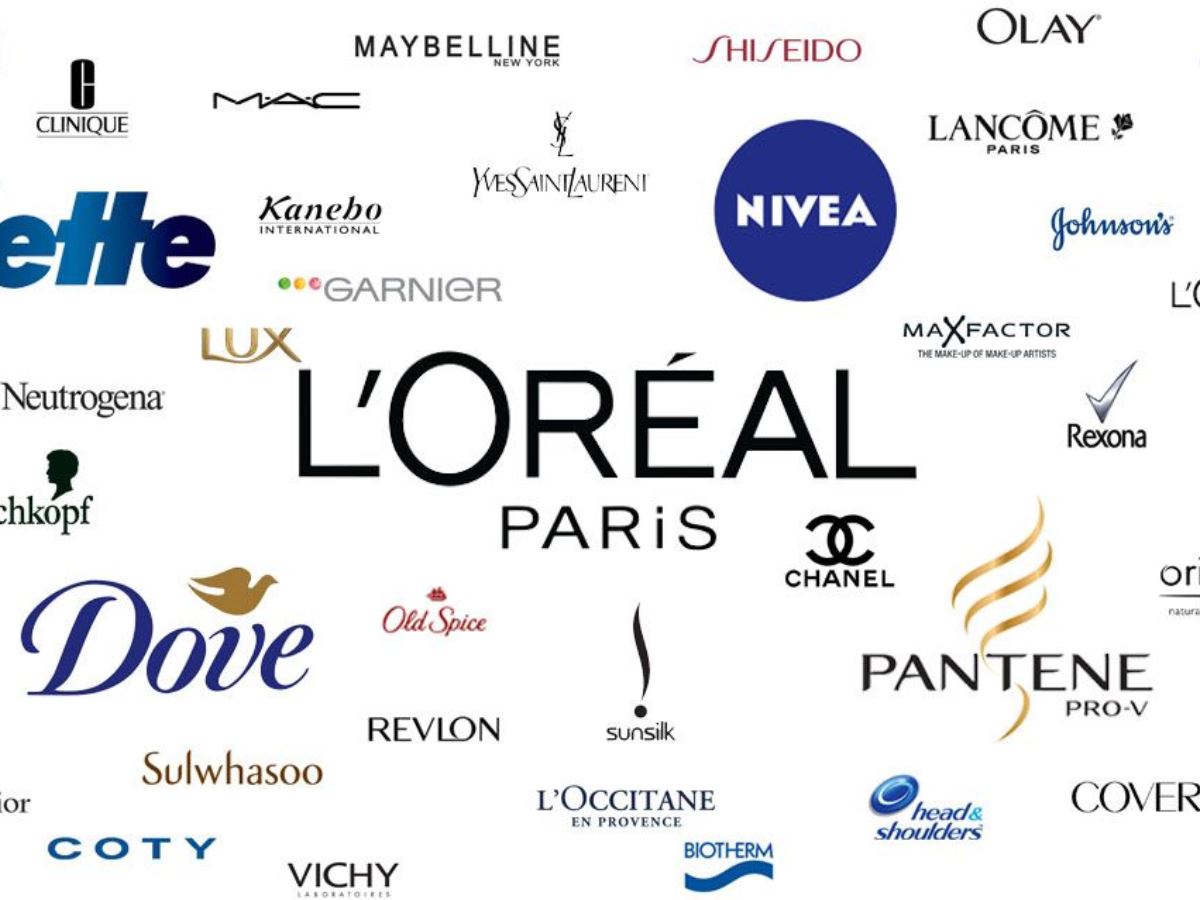Many business reports and articles on the growth of the global beauty industry target individual sectors or centre on predictions.
WWD, the US fashion trade journal dubbed the “Bible of Fashion”, launched its spin-off Beauty Inc as WWD Beauty Biz in 2000, and has built a similar level of credibility for tracking the cosmetics industry through its much-awaited annual list of the World’s Top 100 beauty companies.
Over the past 20 years, the rise of China, Japan and South Korea as beauty superpowers has had an enormous impact on the growth of the world’s major beauty players.
But the same five multinationals have held their positions at the top of the rankings over the past two decades with only a little movement up or down.
The only giant that has held the same position – number one – since 2000 is L’Oréal as its global revenues have nearly tripled.
The US has also retained its position as the number one single beauty market in the world over the past 20 years.
The combined sales of the world’s top 100 beauty companies in 2000 totalled US$93 billion. In 2020, that figure ballooned to US$212.59 billion.
In 2000, L’Oréal posted worldwide sales of US$11.99 billion across 23 brands. After numerous acquisitions, the French multinational now has 35 brands and global sales of US$31.95 billion.
Procter & Gamble held second position 20 years ago with sales of US$8.8 billion across 19 brands. The multinational sold off a huge tranche of brands a few years ago, but still claims fourth place in the global beauty rankings with sales of US$14 billion.
Unilever, which has also been on a corporate buying spree of prestige brands such as Dermalogica, ranked third in 2000 with sales of US$6.39 billion across 22 brands. The multinational has moved up a slot to second place with sales of US$22.17 billion with a stable of 31 brands.
The spectacular growth of The Estée Lauder Companies since 2000 has also hinged on acquiring cult beauty brands such as Too Faced and Dr Jart and entering the mass market again with Deciem, the maker of The Ordinary. In 2000, the company ranked fifth with sales of US$4.6 billion across 16 brands. Last year, the multinational posted global sales of US$14.2 billion from 34 brands and scored a number three ranking.
Shiseido has recently been selling off brands such as Laura Mercier and BareMinerals to focus on its core prestige skincare business. The Japanese giant ranked fourth in 2000 with sales of US$4.65 billion across 27 brands. In 2020, it slipped to fifth place with sales of US$8.39 billion from 26 brands.
The US still represents the lion’s share of the world’s top 100 beauty companies – 30 in total – reports Beauty Inc. France comes in second with 14, followed by Japan with 12 and Germany/the UK/Switzerland and China with four.

